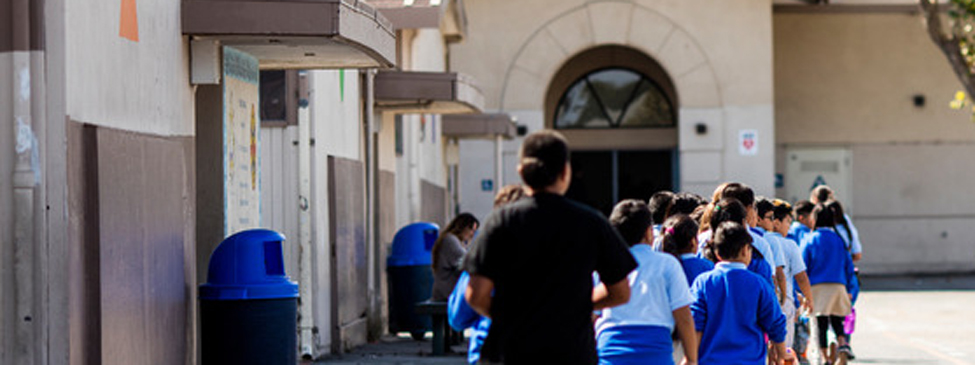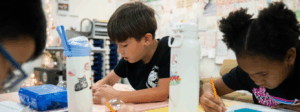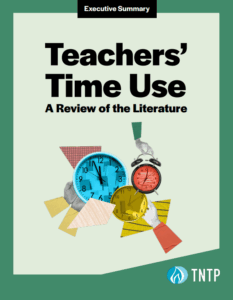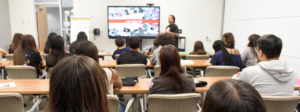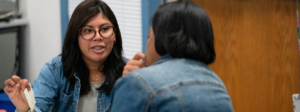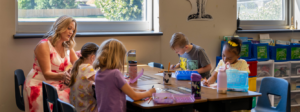As a young student in Los Angeles, too much of my time that should’ve been spent learning was spent arguing with teachers (and substitute teachers), or sitting in my school’s office for “talking back.”
What was I “talking back” about? My name. I was explaining why I—not a teacher or anyone else—should be able to decide what my name is. It is Leticia Hernández-Linares and it’s pronounced Le-tee-c-a (not Letisha or Leteesha or Litizia).
As a bilingual student who grew up speaking two languages, I refused to be told how my name should or should not be pronounced. Once, I corrected a teacher in middle school who responded, “Whatever.” I felt dismissed. My name didn’t matter, and, in my mind, I didn’t matter.
[subscribe]
Recently, a number of articles have made the rounds in education circles highlighting the ways in which mispronouncing student names can leave a lasting impact on kids, and, in many cases, negate their personal identity and hinder academic progress.
In classrooms across the country that are becoming increasingly diverse and filled with students whose family and cultural backgrounds extend far beyond the United States, a first step in building positive relationships with students and creating a community should be learning and knowing their names.
Unfortunately, too many educators don’t make this effort. Take my son’s experience as an example.
He is a first grader whose full name is Serafín Izal Riley-Hernández—that’s trilingual in English, Spanish, and Nahuatl. But he recently came home with a nametag that read Riley. His full name is printed on the attendance sheet, but a new teacher could not pronounce it and picked the easiest part. She renamed my son.
At home, I noticed discomfort. When we explored why the boy who usually popped out of bed each morning was withdrawn, he claimed he didn’t want to go to school. When we asked if he’d told the teacher how he felt, he said there weren’t many opportunities to talk. He also said he was afraid of getting in trouble.
Hearing this, I thought about my struggles at his age. I thought about other students across the country who feel the internal displeasure of being called a name that’s not theirs, but also feel the need to keep those emotions concealed—or even act out as a result.
[related]
My son’s name means “angel of the volcano” and suits him perfectly. I know it’s not easy to pronounce. He can deal with Se-ra-fynn instead of Se-ra-feen, as long as he sees there is an effort to improve. That’s what counts. But there was no effort.
Fortunately, there are many resources to help teachers make the effort: a campaign called My Name My Identity, for example, gives teachers access to resources on how to honor their students’ names, such as classroom exercises where everyone in the room—teacher included—shares the significance of their names.
The personal stories our names and cultures carry offer so many learning, teaching, and community building opportunities. Learning a child’s name enables a teacher to see that individual student, hear their voice, and begin to understand them as a person who deserves the immense power of connecting to their history and identity.
In so many instances where my name has been mispronounced, I’ve been told to get over it. “It’s not a big deal, people mispronounce names all the time.” I’ve been told not to take it personally.
But it is personal. My son and other students out there whose stories are coming to light prove I’m not alone in feeling that way.
